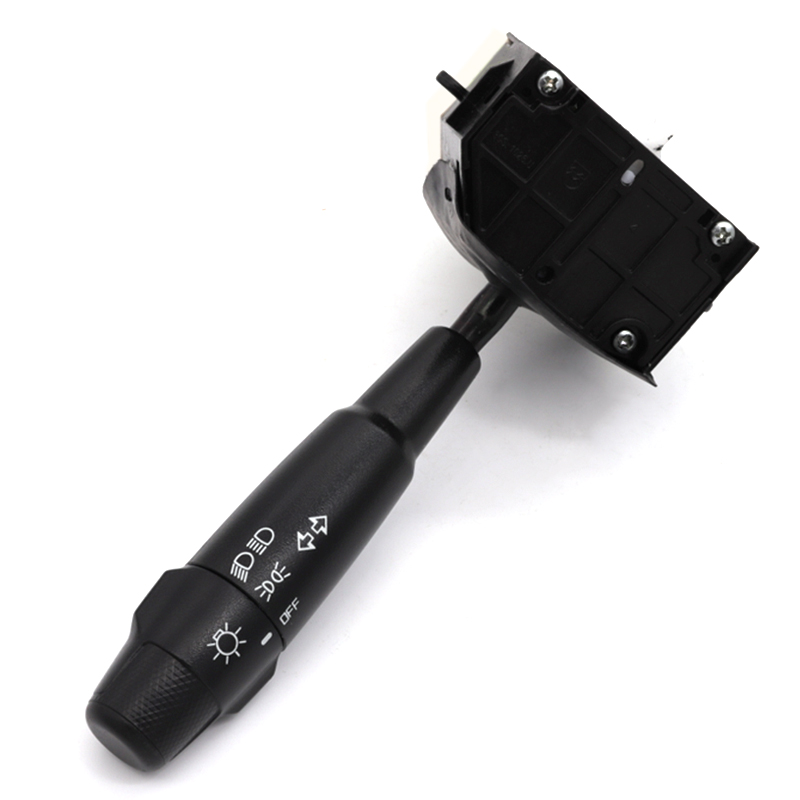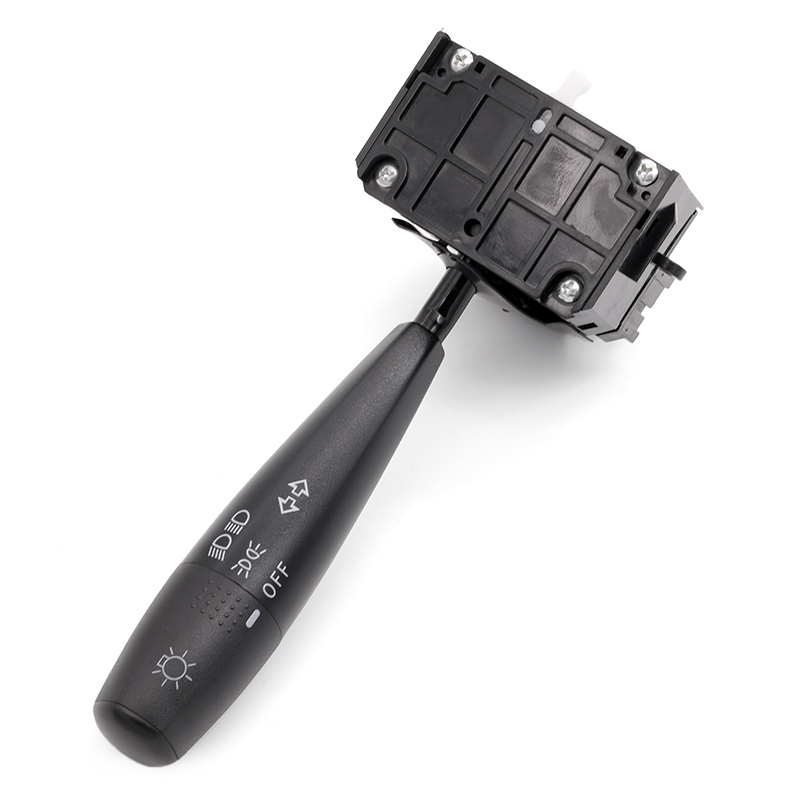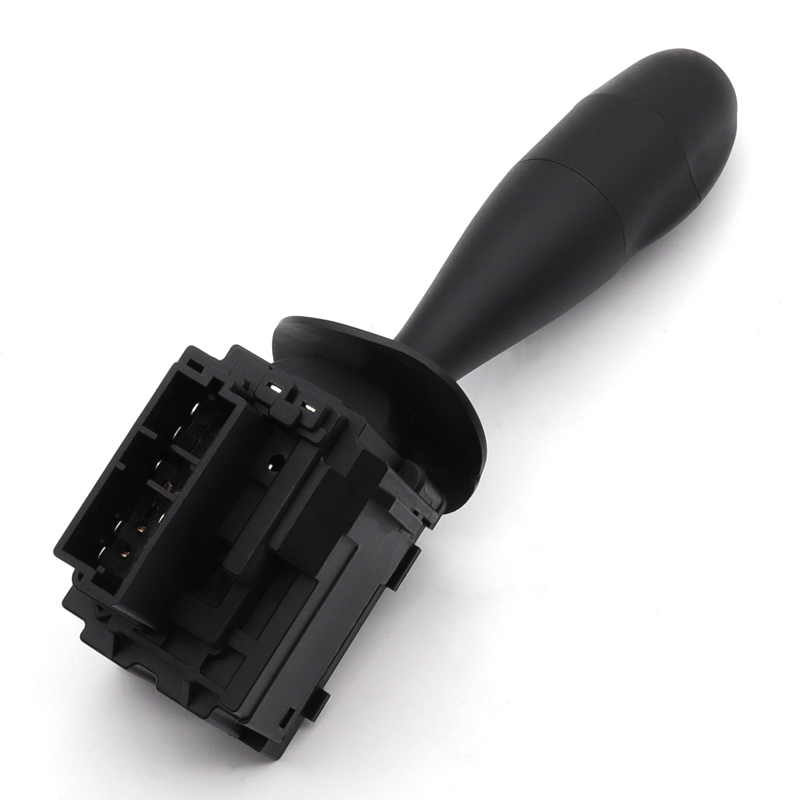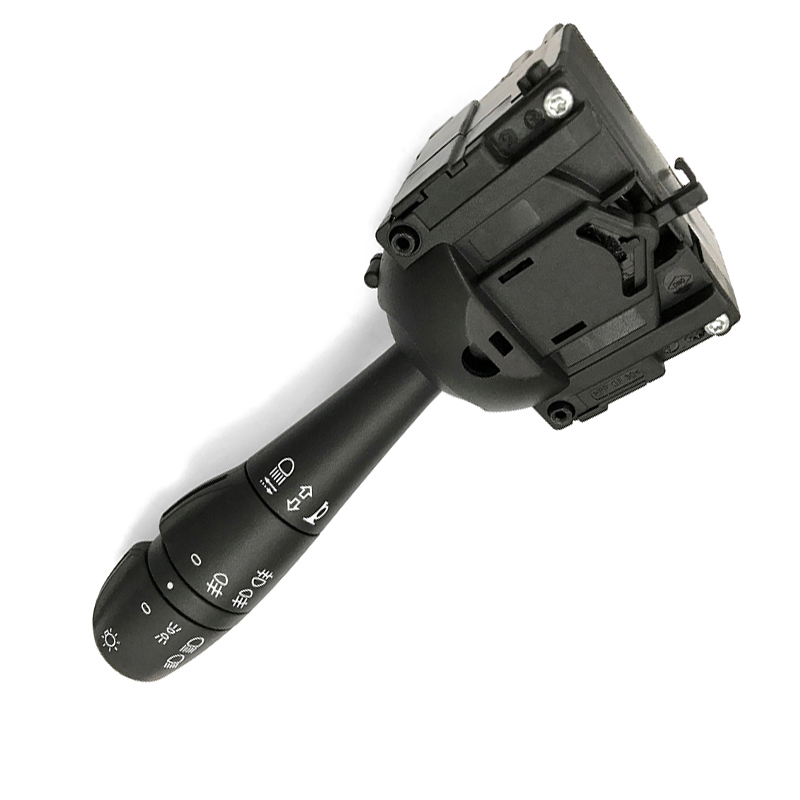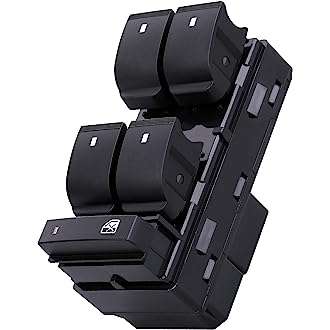How To Test Power Window Switch?
Testing a power window switch is a diagnostic process to determine whether the switch is the source of a power window malfunction. To test the power window switch, follow these steps:
1. Safety Precautions:
- Ensure the car is turned off and the key is removed from the ignition.
- It's also a good idea to disconnect the battery, especially if you are not familiar with automotive electrical systems.
2. Access the Switch:
- Most power window switches are located on the door panel or center console.
- You might need to remove the switch from its housing for proper testing. This often involves prying off the panel or removing screws.
3. Visual Inspection:
- Inspect the switch for any visible signs of damage, like cracks, burns, or corrosion.
- Check the wiring and connectors for any obvious issues like loose connections or frayed wires.
4. Check for Power at the Switch:
- Use a multimeter set to the voltage function.
- Connect the multimeter's ground lead to a good ground point (like a metal part of the car's frame), and touch the positive lead to the power terminal of the switch's connector.
- Turn the ignition to the "on" position (without starting the car) and check if there is voltage at the switch.
- If there’s no voltage, the problem could be a blown fuse, a broken wire, or an issue with the car's electrical system.
5. Continuity Test:
- With the multimeter set to the continuity setting, check the switch itself.
- With the switch disconnected, place a lead on each terminal and operate the switch.
- The multimeter should show continuity when the switch is in the 'on' position and no continuity when it's in the 'off' position.
- Test this for both the 'up' and 'down' positions of the switch.
6. Check Other Switches:
- If your car has other switches that control the same window (like a master control on the driver's side for all windows), test these switches too.
- Sometimes the issue might be with the master switch rather than the individual door switch.
7. Reassemble:
- Once testing is complete, reassemble everything in reverse order.
If the switch shows no signs of damage, has power, and passes the continuity test, it’s likely functioning correctly, and the issue might be elsewhere (like the window motor, wiring, or a fuse). If the switch fails any of these tests, it likely needs to be replaced. Remember, this is a basic guideline, and the exact testing procedure can vary depending on the vehicle's make and model. If you're not comfortable with these procedures, it's advisable to consult a professional mechanic.
